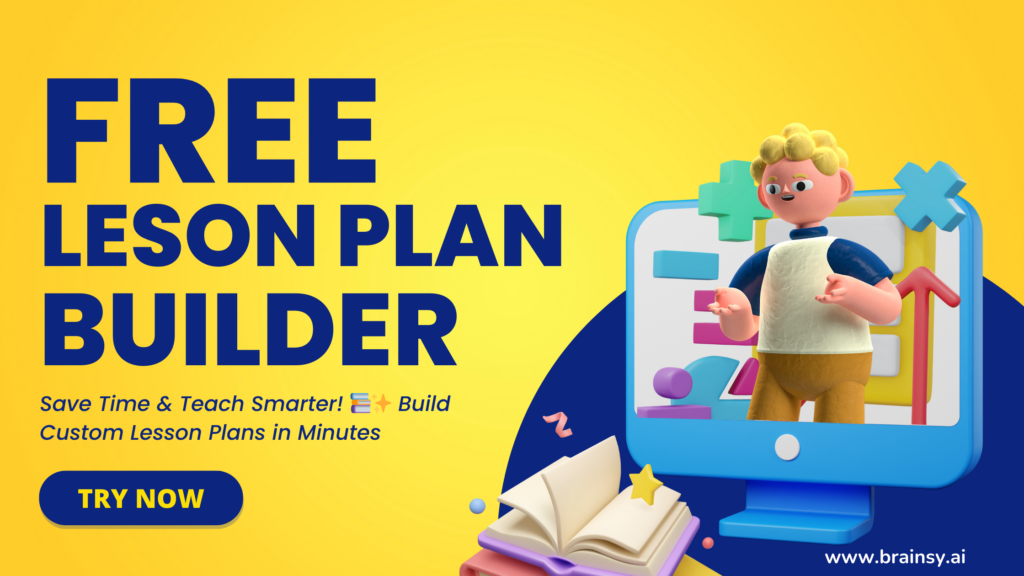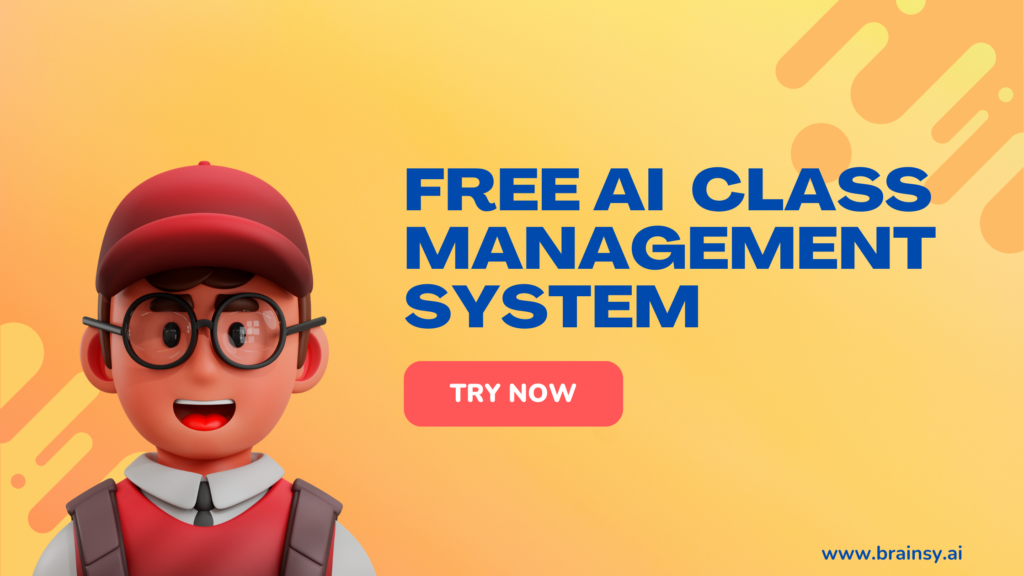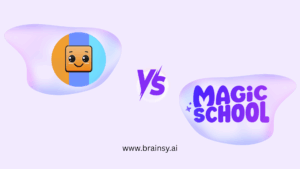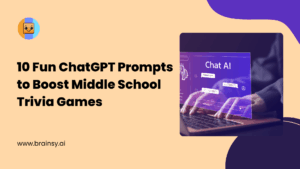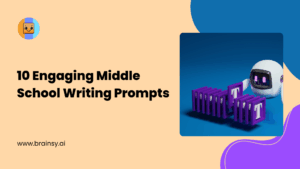Understanding the Importance of Lesson Plans
As an educator, I understand that lesson plans are the backbone of effective teaching strategies. They provide structure and guidance, ensuring that learning objectives are met consistently. Without them, it would be challenging to maintain a coherent flow of information, especially when dealing with diverse classrooms and varying student needs. Learning how to write a lesson plan is crucial for any teacher looking to improve their teaching skills and achieve their teaching goals.
A well-crafted lesson plan serves as a roadmap for both teachers and students. The lesson plan meaning extends beyond a simple outline; it sets clear learning objectives and outlines the methods and materials necessary to achieve them. This clarity not only benefits the teacher in delivering content effectively but also aids students in understanding what is expected of them. By having a structured plan, such as a Quick Lesson Plan, teachers can ensure that all necessary content is covered in a logical sequence, minimizing the chance of omissions and supporting curriculum alignment.
Moreover, lesson plans allow for better time management. With a detailed plan in place, teachers can allocate time efficiently, ensuring that each part of the lesson gets the attention it deserves. This prevents the common pitfall of spending too much time on one component at the expense of others, which is essential for effective teaching strategies and maintaining student engagement. Tools like a lesson plan generator can further streamline this process by helping teachers organize content quickly and efficiently.
Key Components of an Effective Lesson Plan
An effective lesson plan comprises several critical components that work together to create a seamless educational experience. Understanding these components of a lesson plan is essential for creating comprehensive and effective teaching materials. First and foremost, clear learning objectives are essential. These objectives should be specific, measurable, achievable, relevant, and time-bound (SMART). They guide the entire lesson and provide a benchmark for assessing student success.
Learning activities form the core of the lesson plan. These instructional activities should be diverse and engaging to cater to different learning styles and promote student-centered learning. From group discussions to hands-on experiments, each activity should align with the learning objectives and contribute to the overall understanding of the topic. Including a variety of activities also keeps students motivated and attentive, fostering critical thinking and problem-solving skills.
Assessment is another vital component of a lesson plan. Whether formative assessment or summative assessment, these evaluations help gauge student comprehension and provide feedback for both students and teachers. They can take many forms, such as quizzes, projects, or simple class discussions. An effective lesson plan will integrate assessment seamlessly, ensuring it complements the learning process rather than disrupts it.
Benefits of Quick Lesson Planning
Quick lesson planning offers numerous advantages that can greatly enhance teaching efficiency and align with best teaching practices. One major benefit is time savings. By developing a streamlined approach to lesson preparation, teachers can focus more on delivering quality education rather than spending excessive hours on preparation. This efficiency allows educators to dedicate more time to student interaction and personalized instruction.
Another significant advantage is adaptability. Quick lesson planning encourages flexibility, enabling teachers to adjust their plans on-the-fly in response to classroom dynamics or unexpected changes. This adaptability is crucial in today’s fast-paced educational environment, where teachers must be ready to pivot and meet the evolving needs of their students, including implementing different teaching strategies as needed.
Additionally, Quick Lesson Planning promotes consistency in teaching practices. By establishing a routine for planning, educators can ensure that each lesson maintains a high standard of quality. This consistency not only benefits teachers in maintaining a structured teaching approach but also provides students with a predictable learning environment that fosters confidence and engagement.
Strategies for Efficient Lesson Planning
To master quick lesson planning, I employ several key instructional strategies that maximize efficiency without compromising quality. Understanding what are the 5 teaching strategies can significantly enhance the planning process. These strategies include direct instruction, inquiry-based learning, cooperative learning, differentiated instruction, and experiential learning. By incorporating these approaches, teachers can create more engaging and effective lessons.
One effective approach is to use templates. Templates provide a structured format that simplifies the planning process and ensures that no essential components are overlooked. By starting with a template, I can quickly fill in the details for each lesson, saving valuable time and improving my teaching skills.
Another strategy is to batch similar tasks. For instance, I might set aside a specific time each week to gather all the resources I need for upcoming lessons. By doing this, I avoid the last-minute scramble for materials and can focus my planning sessions on content rather than logistics. Batching tasks not only saves time but also reduces stress and increases productivity.
Lastly, collaborating with colleagues can be immensely helpful. Sharing resources and ideas with fellow teachers allows for a diverse range of inputs and can lead to more creative and effective teaching techniques. By working together, educators can pool their expertise and create a more enriching learning experience for their students, incorporating various types of lesson plans and teaching strategies examples.
Step-by-Step Guide to Planning a Week of Lessons in 30 Minutes
Planning a week’s worth of lessons in just 30 minutes may seem daunting, but with a methodical approach, it is entirely achievable. Here’s a step-by-step guide to making it happen:
- Set Clear Goals: Begin by outlining the learning objectives for the week. Knowing what you aim to achieve provides direction and focus for your planning session.
- Use a Template: Employ a lesson plan structure to organize your thoughts and ensure consistency. This will help you quickly jot down activities, objectives, and assessments for each lesson.
- Gather Resources: Have all the necessary materials and resources at your fingertips. Whether it’s textbooks, digital tools, or supplementary materials, gather everything beforehand to avoid unnecessary interruptions during lesson preparation.
- Outline Activities: For each day, list the learning activities that will help achieve your objectives. Ensure a mix of instructional methods to cater to different learning styles and promote active learning.
- Plan Assessments: Decide on the assessment methods you will use to evaluate student understanding. This could be a quiz, a project, or even a class discussion to gauge student learning outcomes.
- Review and Adjust: Finally, review your plan to ensure it meets your goals. Be open to adjustments if something doesn’t align with your objectives or the lesson sequence.
- Craft a Strong Lesson Introduction: A compelling lesson introduction sets the tone for the entire class. Plan how you’ll engage students from the start, perhaps with a thought-provoking question or a brief activity related to the day’s topic.
- Plan for Lesson Closure: End each lesson with a strong closure. This could involve summarizing key points, asking reflective questions, or previewing the next lesson. A well-planned lesson closure reinforces learning and provides a sense of completion.
By following these steps, I can efficiently plan a week of lessons, ensuring that each day builds upon the previous one and contributes to the overall educational goals.
Tools and Resources for Streamlining Lesson Plans
Several tools and resources can aid in streamlining the lesson planning process. Digital platforms like Google Classroom and Microsoft Teams offer comprehensive solutions for organizing lessons, sharing resources, and communicating with students. These classroom technology tools facilitate a seamless integration of technology into the classroom, making lesson planning more efficient and enhancing student engagement.
In addition to digital platforms, lesson planning websites like Teachers Pay Teachers and Edutopia provide a wealth of resources and templates. These sites offer pre-made lesson plans and ideas that can be adapted to suit specific classroom needs. By leveraging these resources, I can quickly gather ideas and materials, saving time and effort.
Educational software and apps also play a crucial role in effective lesson planning. Programs like Lesson and Evernote allow for easy organization and accessibility of lesson plans. By digitizing my plans, I can quickly make adjustments, share them with colleagues, and access them from anywhere. This flexibility is invaluable in maintaining an efficient planning routine and supporting various teaching strategies. An AI tool for teachers by Brainsy can further enhance this process by automating and streamlining lesson creation.
Common Mistakes to Avoid in Lesson Planning
While lesson planning is a crucial part of teaching, there are common pitfalls to avoid. One frequent mistake is over-planning. Trying to include too much content in a single lesson can overwhelm both the teacher and the students. It’s essential to strike a balance between covering necessary material and allowing time for exploration and discussion, which is a key aspect of effective classroom management.
Another mistake is failing to cater to diverse learning styles through differentiated instruction. Lessons that rely solely on lectures may not engage all students. Incorporating a variety of teaching methods ensures that visual, auditory, and kinesthetic learners all have the opportunity to grasp the material effectively. Diversity in teaching approaches fosters a more inclusive and engaging classroom environment.
Finally, neglecting to evaluate the effectiveness of lessons can hinder progress. Without regular assessments and student feedback, it’s difficult to determine whether the objectives are being met. By consistently reviewing and reflecting on my plans, I can make necessary adjustments and continue to improve the learning experience for my students, aligning with the principles of response to intervention. A Quick lesson plan generator can support this process by making it easier to adapt and refine plans based on ongoing feedback.
It’s also important to consider the depth of knowledge in lesson planning. Ensuring that lessons challenge students at various cognitive levels, from recall to analysis and evaluation, promotes deeper understanding and critical thinking skills.
Adapting Lesson Plans for Different Learning Styles
Adapting lesson plans to accommodate different learning styles is essential for effective teaching. This approach aligns with the universal design for learning principles, ensuring that all students have equal opportunities to learn. Visual learners, for example, benefit from diagrams, charts, and videos. Incorporating these elements into lesson plans can enhance understanding and retention for these students. An AI Lesson Plan Generator can help teachers efficiently customize content to suit diverse learning needs.
For auditory learners, incorporating discussions, lectures, and audio materials can make a significant difference. I might include podcasts or audio recordings as part of the lesson, allowing these students to engage with the material in a way that suits them best.
Kinesthetic learners, on the other hand, thrive with hands-on activities and movement. Including experiments, role-playing, or physical models can help these students connect with the content. Additionally, considering flexible seating options can support kinesthetic learners by allowing them to move and adjust their position as needed during lessons.
Personalized learning is another crucial aspect of adapting lesson plans. By tailoring instruction to individual student needs, interests, and learning styles, teachers can create more engaging and effective learning experiences. This might involve offering choice in assignments, providing varied resources, or adjusting the pace of instruction based on student progress.
By incorporating these strategies and being mindful of diverse learning needs, teachers can create inclusive, engaging, and effective lesson plans that cater to all students in their classroom.


